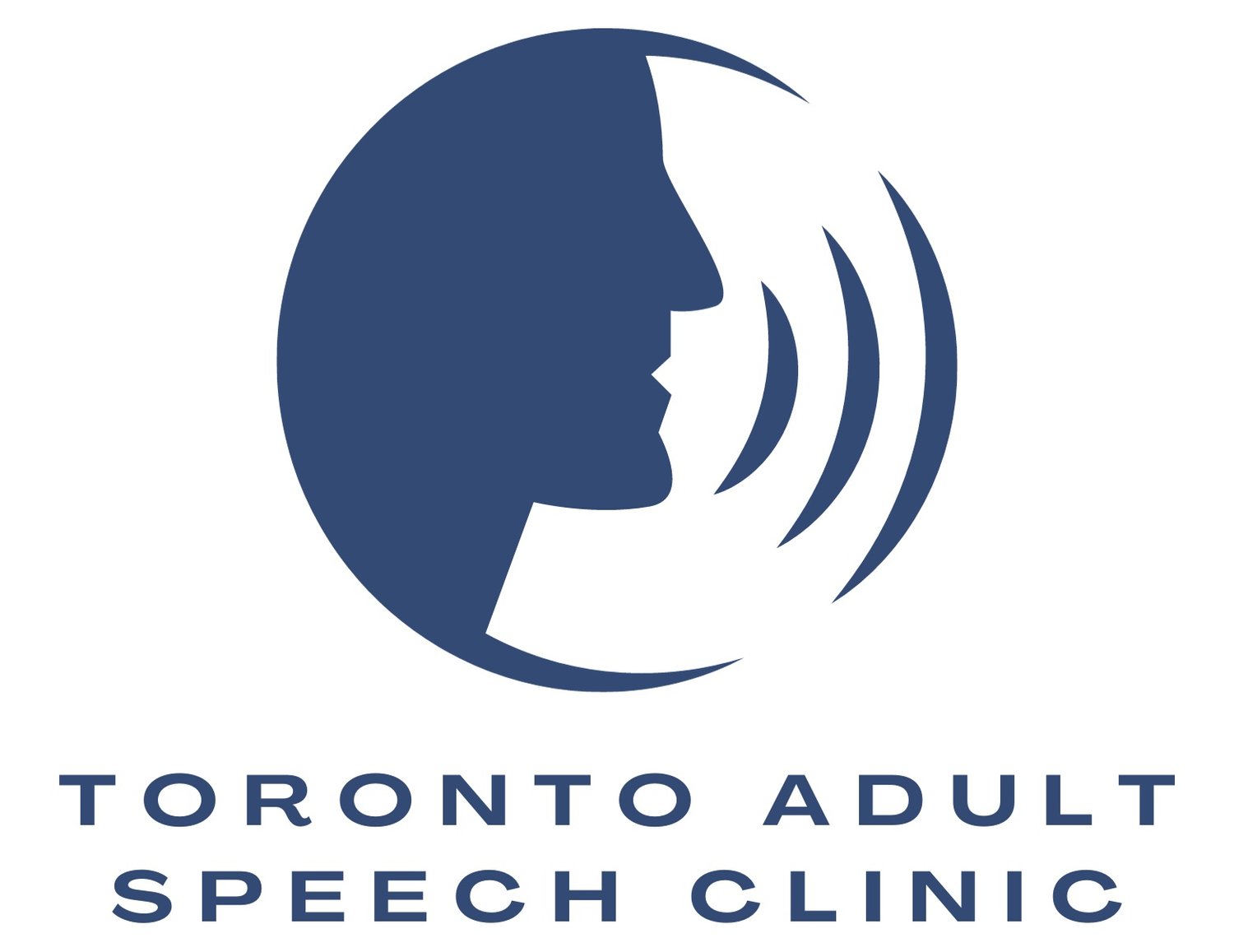High Intensity Voice Use
High Intensity Voice Use
An Introduction to a Series on Vocal Health for the Fitness Instructor
Working out and self-care have not always gone hand-in-hand for me. When I started working out I saw it as a chore. I needed a personal trainer or fitness instructor yelling at me just to get me to participate.
Several years later, I finally appreciate the value working out has on our quality of life and how important it is to care for your body holistically rather than by isolated muscle groups. An important part of this realization has come from my work as a speech-language pathologist, voice therapist, and singer.
As a professional voice user myself, I have seen the benefit (and possible injury) that can result from working out, and it has given me a new appreciation of how often we sometimes neglect some of our most important muscles like the diaphragm or muscles of the larynx and vocal folds. A large part of this realization came from my attendance in High Intensity Interval Training (HIIT) workout classes run by some truly inspiring athletes.
What is it about attending a fitness class that makes any fitness instructor seem like an indestructible tour-de-force? Personally, I have attended many fitness classes at places like GoodLife and Barry’s Bootcamp. I am in constant awe (and often breathlessness) of these instructors’ ability to guide, shout, motivate, and even sing along to music while they perform or demonstrate each movement.
Recently however, I have seen an increasing number of friends and acquaintances who lead fitness programs reporting issues with their voice. Some lose it for a day or two, some report chronic issues, or even polyps or vocal nodes. Regardless of the voice issue, fitness instructors are occupational voice users who rely on their voice for their job. Without a voice, it is difficult to be that “tour-de-force” clients expect and often these instructors report having to sub out of classes or getting lackluster reviews of their classes, and ultimately end up noticing an impact on their income.
Naturally, as a speech-language pathologist and voice therapist who spends a lot of time helping people rehabilitate and improve the function and care of their voice- the wheels started turning. I sparked up a conversation with some of my friends in the field and we came up with some great questions to address:
First of all- Why are fitness instructors so susceptible to vocal fatigue and damage beyond the obvious “they are shouting in noisy rooms?” Read more.
Secondly- What are some considerations that can help improve vocal stamina and function to avoid this vocal fatigue and possible damage?
Finally- What role can a voice therapist play in educating and (if necessary) rehabilitating a voice as soon as possible so that the impact on overall quality of life and income is minimized?
In the next series of blog posts, I want to address these questions with some help from the latest scientific research, and hopefully provide those instructing or even attending a fitness class with the tools you need to protect every body part- including your voice- so you can get the most out of every workout.
For more information about voice therapy and training services at TASC, please visit: torontoadultspeechclinic.com/voice-therapy or contact us to find out how we may be able to help you with your vocal health and voice care needs.
-Keli Garrett, Bootcamp Instructor, San Diego, CA.


